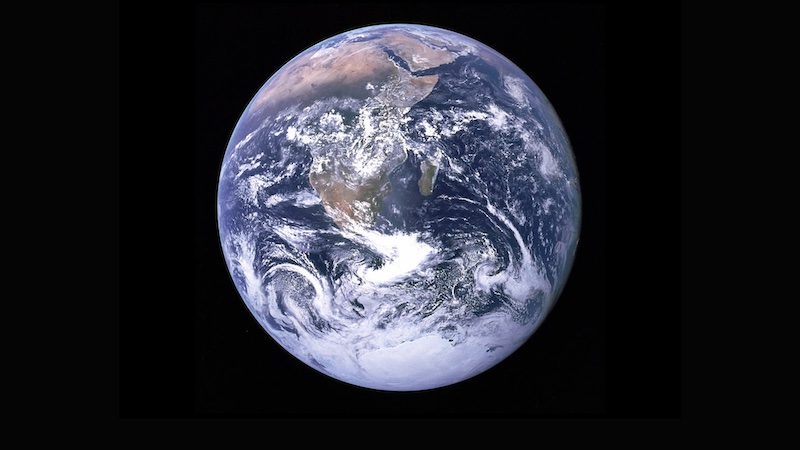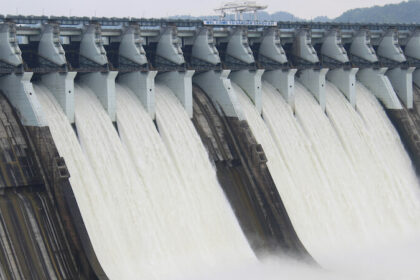In the fight against climate change, politicians and society in many places are focusing on reducing emissions. But what will actually happen once we have achieved climate neutrality?
Since industrialization around 200 years ago, the way we think about how we use natural resources has also changed. Nature gave way to huge farms and factories that produced vast amounts of CO2 and other greenhouse gases. As a result, our planet warmed up. This is one reason why we have to fight climate change today.
The objective is clear for many nations. In the long term, to filter more greenhouse gases out of the atmosphere than are emitted by the production of goods or road traffic, among other things. But what happens the moment the earth is able to cope with the resulting emissions on its own again? Will climate change then be over?
Climate change after climate neutrality: different scenarios
This question was posed by two researchers from Imperial College in London. Polar researcher Siegert argued that the polar ice caps would continue to melt and that the process would continue at a similar rate to before. Their colleague Haigh, however, assumed that temperatures would return to normal and focused on the effects in the atmosphere. But who is right?
The team of 21 researchers published the results of their investigation in the journal Frontiers in Science. According to the study, it is not at all unlikely that the global average temperature could change upwards or downwards. Up to 15 percent additional warming or cooling would be possible.
Our actions determine the outcome
As a result, we could exceed the 1.5 degree target from the Paris climate agreements with today’s emissions. This is because global warming is currently at 1.3 degrees. An extra 15 percent would mean almost two degrees. Nevertheless, there are also many unknown variables in the calculation.
One example is the ice sheets at the North and South Poles. If they melt faster, less light is reflected into the atmosphere. The result is greater warming. In turn, the oceans continue to absorb CO2 and thus ensure cooling. And these are just two of many examples that influence the final temperature. Depending on how quickly we act and which natural processes take place, the picture in 100 years’ time is likely to be completely different.










